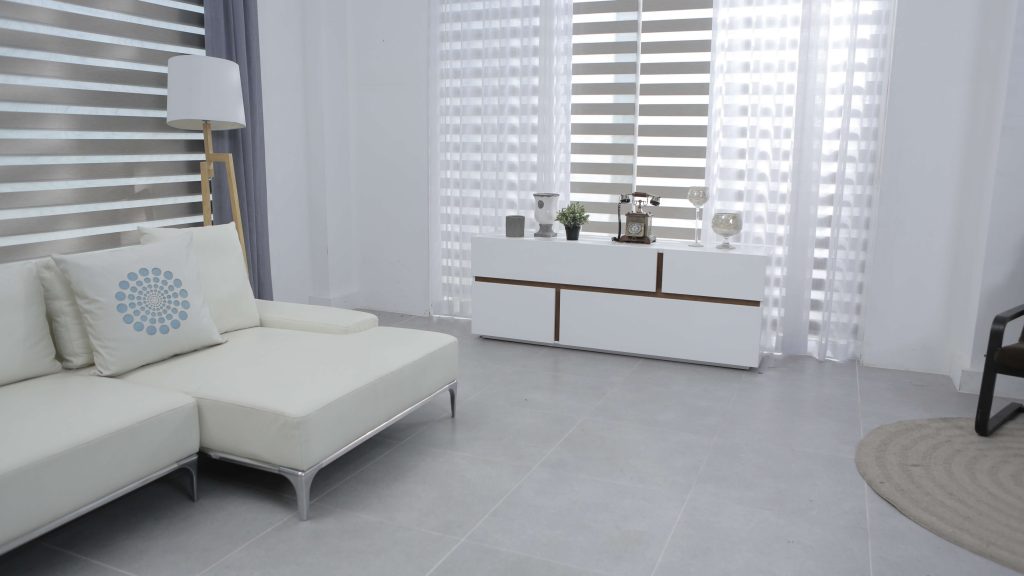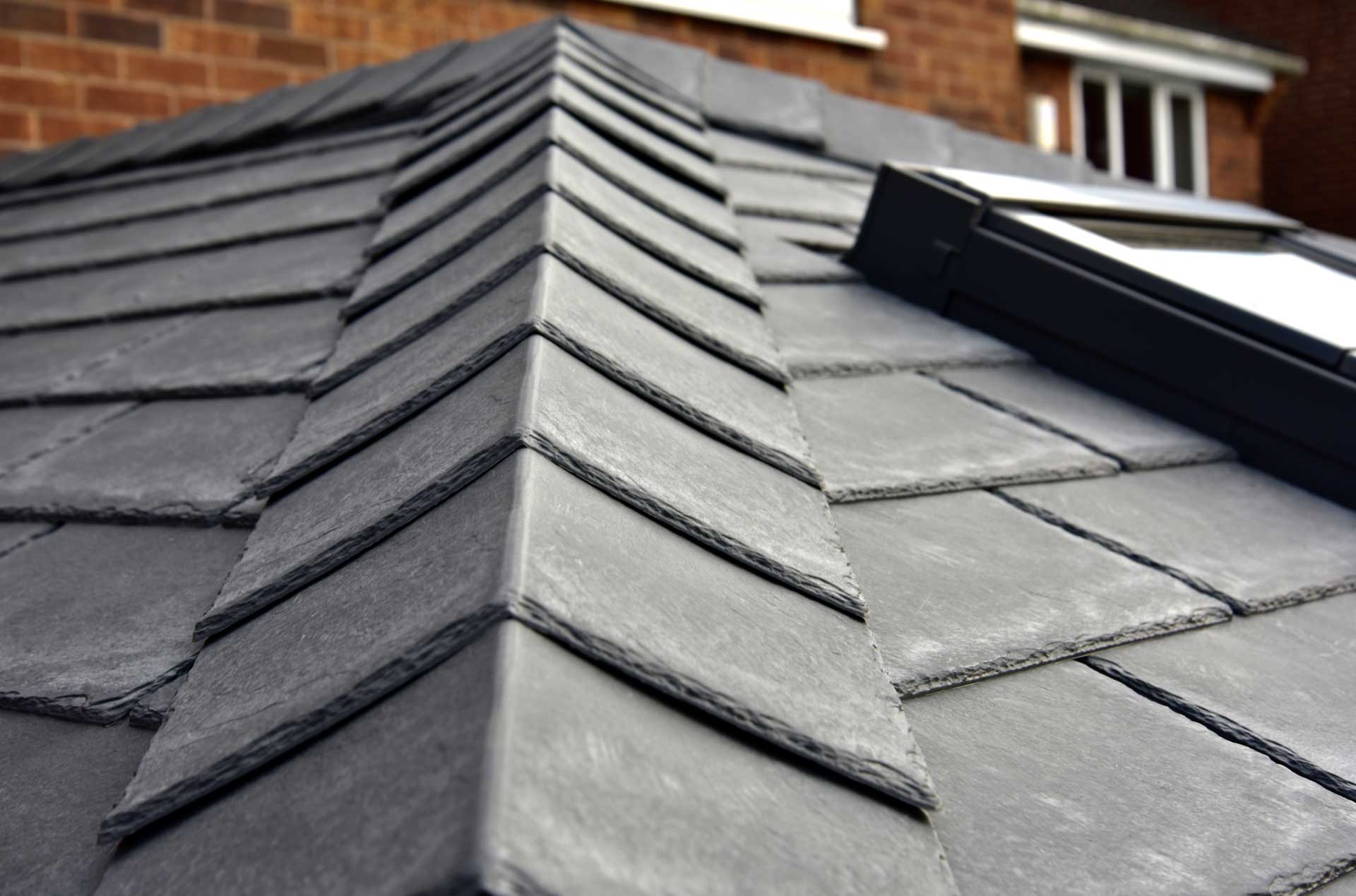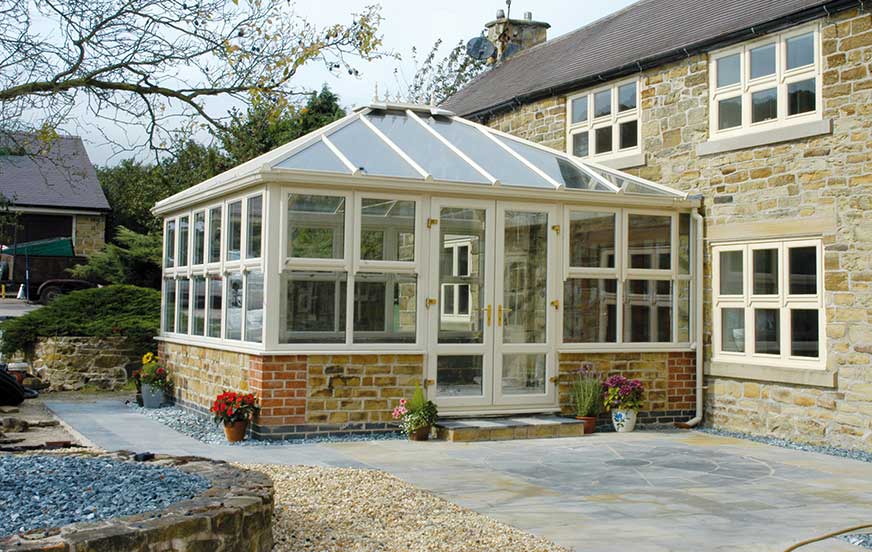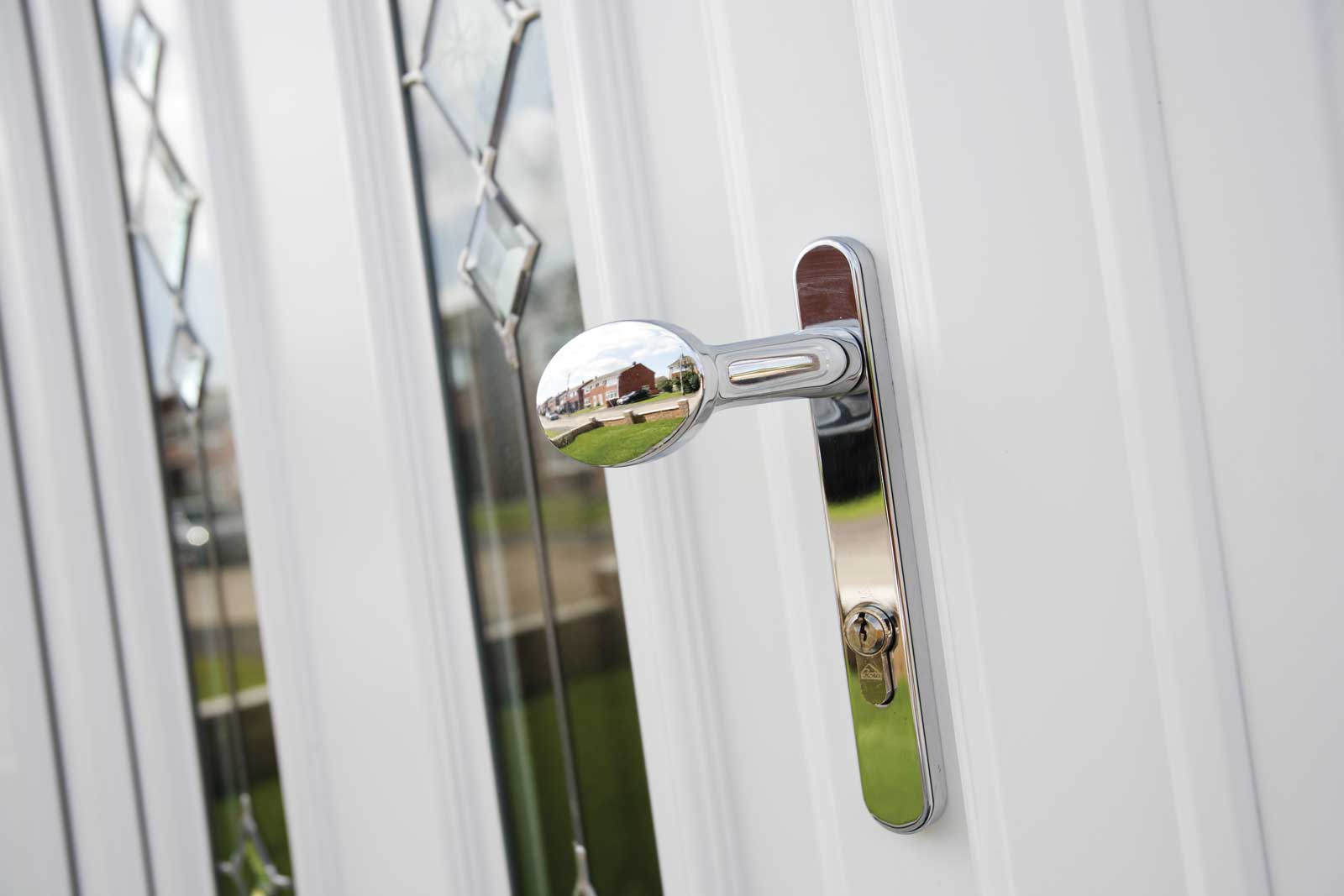How To Choose The Best Thermal Blinds And Curtains For Better Heat Retention In Your Home

Around 18% of all heat in a home is lost through the windows. To help keep your home warm and toasty, consider investing in double or triple-glazed windows if you haven’t already done so, as they are excellent at conserving heat – in fact, double-glazing can reduce heat loss from your home by up to 50%, while triple-glazing can reduce heat loss by up to 75%.
In addition, combining your double glazing with thermal blinds or curtains could help retain heat even further, especially when combined with other heat-saving measures such as effective insulation and draught excluders.
In this article, we will explore the most effective types of blinds and curtains for heat retention, and outline some other measures you can take to reduce heat loss from your home during the winter months.
Blinds Versus Curtains
In general, curtains are better for retaining heat in the home. However, by choosing a thermal blind you can reduce heat loss from your home by 20-40%, while thermal curtains reduce heat loss by just 25%-30%.
And if you struggle with excessively hot rooms in the summer as well as cold rooms in the winter, thermal blinds could also be a better option, since they serve the dual function of keeping out unwanted heat during the summer.
Blinds with slats, such as aluminium or wooden blinds, can also be adjusted for the function you want – just turn the slats ‘up’ for a cooler room, and ‘down’ to keep your rooms warmer! Blackout blinds can also prevent unwanted light energy from entering your rooms, which helps to reduce the overall temperature.
Let’s now take a closer look at the pros and cons of both blinds and curtains.
Blinds
Pros
- Cheaper than curtains
- Easier to clean
- More hygienic
- Provide more options for light control
- Less prone to wear and tear than curtains
Cons
- Require regular cleaning
- Less efficient at retaining heat (unless you choose a thermally insulated blind)
- Easily damaged
- Blind cords could be dangerous for children and/or pets
Curtains
Pros
- Wide range of colours and patterns to complement the design of your home
- More soundproof
- Better insulation than a standard blind (but not a thermal blind)
Cons
- Curtains occupy more space than blinds
- More expensive than blinds
- Long curtains may present a trip hazard
- If placed over a radiator, curtains may cause heat to be ‘funnelled’ upwards towards the window, resulting in heat loss
The Different Types Of Thermal Blinds
Metallised Blinds
Metallised blinds are highly thermally efficient. Thermal transmittance (i.e. heat loss) is measured by U-Value; the lower the U-Value, the better the fabric is at reducing heat loss.
Metallised blinds aren’t the same as metal or aluminium blinds. Whereas metal blinds are comprised entirely of metal components, metalled blinds are fabric blinds that have a sheet of reflective aluminium backing. They reflect heat during the summer months, keeping your rooms cool, while in the winter they trap heat inside the building using a low emissivity coating.
Metallised fabrics typically have a much lower U-value than their traditional fabric counterparts, meaning they are highly effective at preventing heat loss. In fact, metallised blinds can improve the U-value of a space by up to 20-30% when combined with effective double or triple glazing, and they can also improve solar heat gain, allowing your room to absorb more heat from solar rays.
However, metallised blinds can be expensive, and using a blackout blind may offer similar heat efficiency for a lower cost.
Roman Blinds
Roman blinds are an excellent choice for thermal insulation, as they provide full coverage of your windows and are made-to-measure, preventing heat from escaping through the sides.
Unlike slatted blinds, there are no holes through which heat can escape, making them highly thermally efficient. You can buy Roman blinds in a wide range of fabrics, including metallised or blackout options.
Honeycomb Blinds
Honeycomb blinds, also known as cellular blinds, are comprised of fabric stitched into individual pockets that individually trap air, creating a thermal barrier. Honeycomb blinds may be metallised, blackout, or standard fabric, depending on the customer’s preference.
They are excellent insulators, and also provide great privacy, light control, and noise cancellation due to their multi-layered structure.
Honeycomb blinds offer a wide range of advantages and there are many reasonably-priced options on the market, depending on the type of fabric you choose. However, honeycomb blinds may be difficult to clean, as dirt and debris can build up within the cells.
Blinds With Thermal Blackout Lining
Thermal blackout blinds are excellent for keeping your home warm during the winter, and for preventing overheating during the summer.
The blackout material reduces heat transmission from the inside of your home to the window, while the lighter-coloured fabric facing outwards reflects unwanted light.
This keeps your room dark for those weekend lie-ins, prevents light damage to your soft furnishings, and stops your room overheating during the summer. Meanwhile, the thermally insulated fabric prevents heat from escaping your home.
Thermal blackout blinds are highly effective for insulating your home while also being reasonably priced, making them a great choice for homeowners.
The Different Types Of Thermal Curtains
Heavy Thermal Curtains
Think of your curtains as being like a woolly jumper for your house – the thicker the ‘jumper’, the more heat will be retained.
Heavy thermal curtains combine thermal interlining with thicker material, resulting in better insulation. If you require the advantages of blackout fabric, choose a blackout heavy thermal curtain for a cosier home and a good night’s sleep.
Blackout Thermal Curtains
Like blackout blinds, blackout curtains retain heat by insulating the heat inside with a black layer, while reflecting unwanted light with a pale colour on the back. The result? A warmer house in winter, and a cooler house in the summer.
Thermal blackout curtains come with a layer of thermal interlining, further helping to prevent heat loss. They also allow you to ‘get your beauty sleep’ by eliminating unwanted light, making them the perfect option for your bedroom.
While more expensive than blackout blinds, blackout curtains provide all the same advantages. Be sure to choose floor-length blackout curtains for optimal heat retention.
Thermal Curtains
Thermal curtains come with the same layer of thermal interlining found in a thermal blackout curtain – but without the advantages of the blackout layer.
These could be a great option if you enjoy being woken up by natural sunlight, or wish to place them in another area of your home where you need the light – like for example, your lounge.
Top Tips For Better Thermal Retention In Your Home
- Secure Your Doors – Heat can escape under or around a door, so if you have any ‘gappy’ doors, get them replaced or draught-proofed if possible. Alternatively, use draught excluders to trap in heat.
- Invest In insulation – Top up insulation in your loft, around your pipes and hot water cylinder, and add insulation to solid or cavity walls and flooring
- Use A Smart thermostat – Set your thermostat to 19 degrees Celsius for a comfortable temperature all year round. Your smart thermostat will keep your home warm for you!
- Upgrade Your Boiler (if over 10 years old) – Your old boiler could be bad for the planet and costing you money! Old boilers are much less efficient than modern condensing boilers, and will use excessive amounts of fuel. In fact, there are 9 million inefficient boilers across the UK that waste half of all fuel they consume! So don’t delay – get your old boiler replaced; your wallet will thank you and you’ll be doing your bit to help the environment.
Use the information we’ve outlined in this article and you can keep your home warmer this winter while saving money!
Categories: Uncategorised



